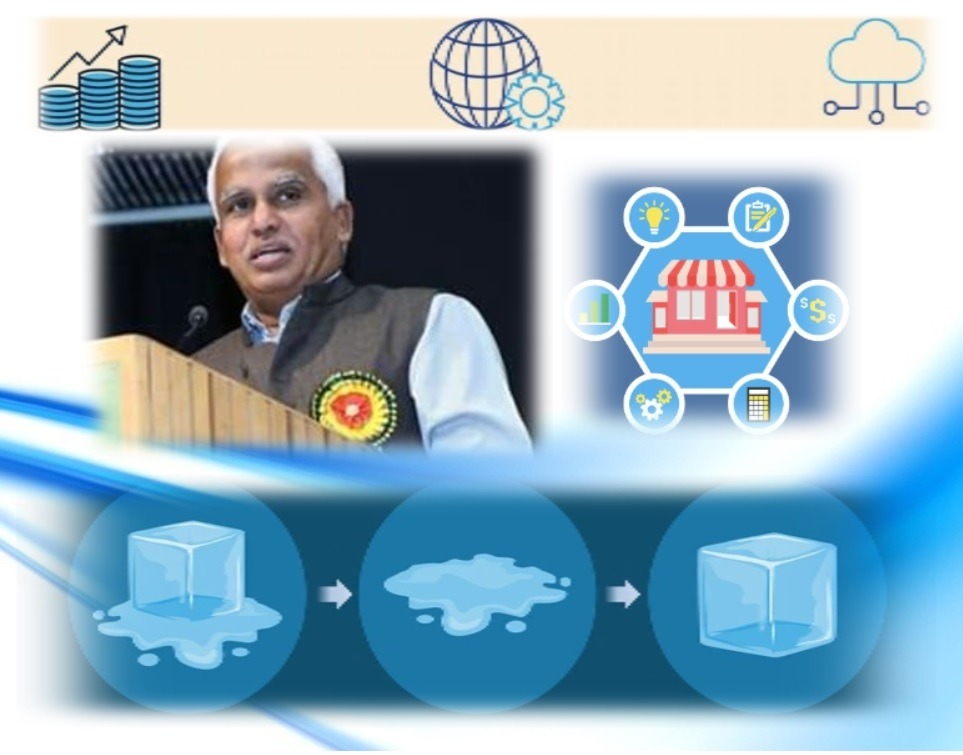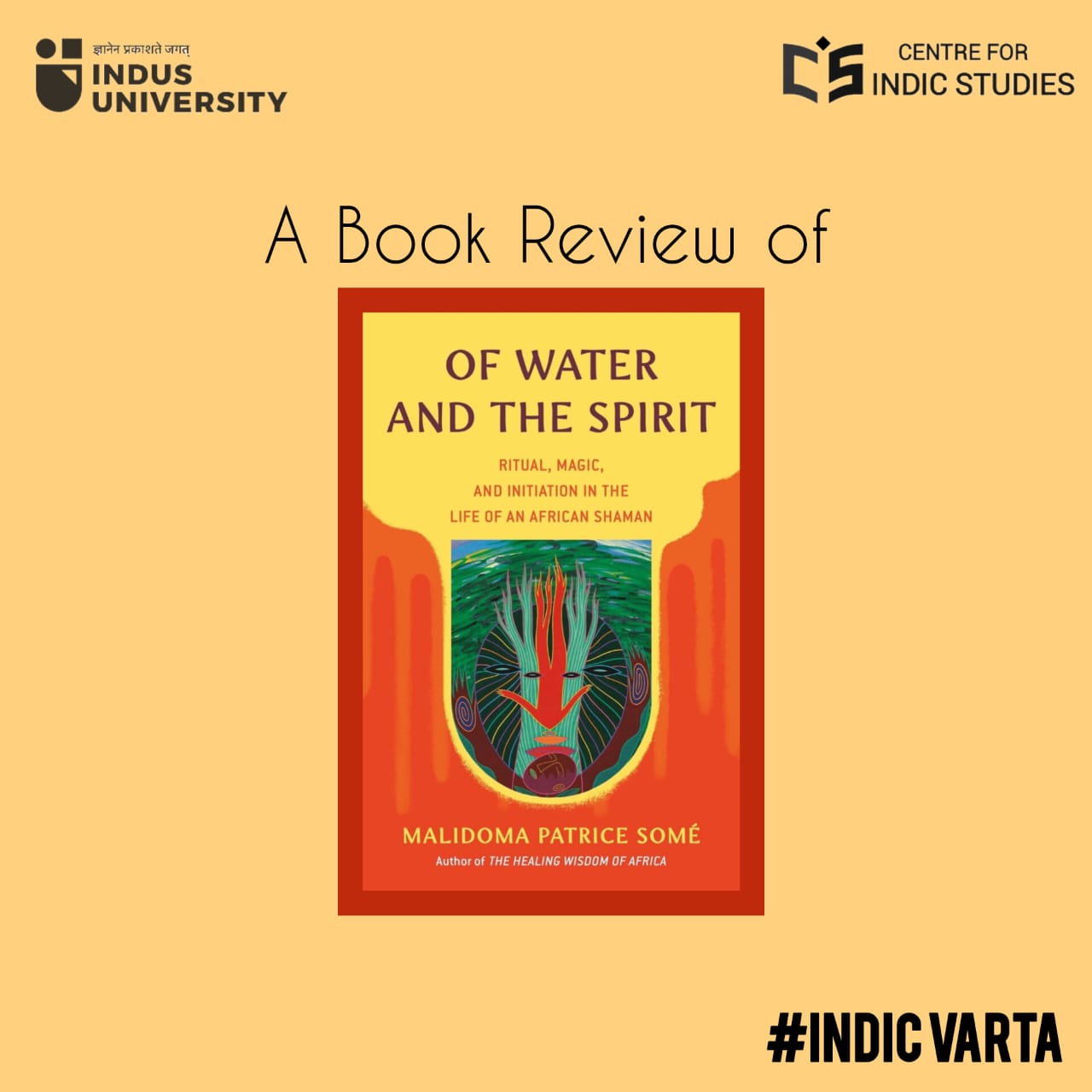- Visitor:24
- Published on:
The Making of Ramayana – Mark Tully on Ramanand Sagar’s Epic Creation
Ramayana is the dearest story to Hindus. Almost everyone knows it by heart. In modern times, Ramanand Sagar made a serial on it which was aired on Doordarshan. It was a hit like no other in the history of television. Traffic would stop. Shops would shut. Offices would halt, when the serial was going on. People would cry watching it. In hundreds. And yet, the ‘secular intellectuals’ of that period called it the most heinous production of fascist, Nazi, rightist, mass-murdering Hindus. That is how vicious, anti-people, anti-human left-liberal criticism can get. In this piece, Mark Tully, in his wonderfully pacifying style, tells us how important the serial was to India. How it connected to the very soul of India. As the serial is once again aired in these hard times, let us read what Mark Tully had to say about the audio-visual rendering of the greatest story ever told.

While taking an interview of Moti Sagar (the youngest son of Ramayana’s director Ramananda Sagar), the author comments on the technical deficiencies of Ramayana:
Q: “Were you confident that the audience would want to see something as essentially unreal as your violence?”
A: “We were, but we knew that we would be attacked by the elite. After all, the Ramayana is about everything that the elite doesn’t like and considers awful – religion, superstition, women obeying their husbands, dynastic rule.”
The Sagars’ judgement proved right. The popularity of the Ramayana itself became legendary. At first I thought it was just an attempt to imitate Hindi movie versions of the epic on television. But after a few episodes the taxi-drivers from the rank opposite my house would knock on the door every Sunday morning to ask if they could watch the Ramayana. They had never asked to see any other television programme, and their enthusiasm made me take it more seriously. I became a fan – to the disgust of almost all my friends, because of course it’s fashionable to rubbish the Sagars’ Ramayana.
Then reports started appearing in the press about the impact of Ramayana. An electricity substation was burnt down by viewers enraged that a power cut had robbed them of one episode. New cabinet ministers asked for their swearing-in ceremony to be delayed so that they could watch the Ramayana. As one critic said, “The last thing a politician would normally do is to delay his swearing-in, for fear that the PM might change his mind.” A bride was missing at the auspicious time for her wedding, because it clashed with the Ramayana. The wife of a senior Indian bureaucrat told me that one of India’s great transcontinental expresses she was travelling on was delayed while the passengers and crew sat on the platform at Gwalior watching the Ramayana on the station’s television monitors.
Commenting on Ramananda Sagar, Ghosh said: “His great success was that he presented the thing as a Ram Lila. If you see people when they are at a Ram Lila, no matter how rustic the performance is, they are rapt. You are really involved in the enactment – its kind of expiation of everything inside you. It doesn’t matter how many times you see it. It’s like reciting a mantra – the more times you say, “Ram nam satya hai”, the more you are spiritually uplifted. In the villages, you can’t say that the Ram Lila is entertainment, because entertainment is much more sophisticated than that nowadays. It’s part of a ritual.”
While watching the shooting of Ramayana the writer once went to its sets: Ramananda Sagar was sitting cross-legged under a banyan tree in front of a garlanded picture of the goddess Durga. Beside him stood a Brahmin reciting Sanskrit mantras for the first of the nine days of the festival of the goddess of destruction. A temple bell for summoning the goddess hung on a rope from a branch. Actors, technicians, cooks and cleaners stood in a semicircle around Ramananda Saga. Although Durga was the consort of Shiva, the markings on the forehead of the Brahmin showed that he belonged to a sect, which worshipped Vishnu. In Christianity that would be rather like asking a Protestant pastor to celebrate the Mass, but devotees of Shiva and Vishnu do not allow their differences to come between them. In this respect Hinduism is a generous and broadminded religion, as it is indeed in its attitude to other faiths.
My feeling is that Sagar’s Ramayana has succeeded because, in spite of whatever faults it might have, it is very Indian, and people are looking for that.
- 12 min read
- 0
- 0










